Naoshima Travel Tips: What to Pack and How to Get Around
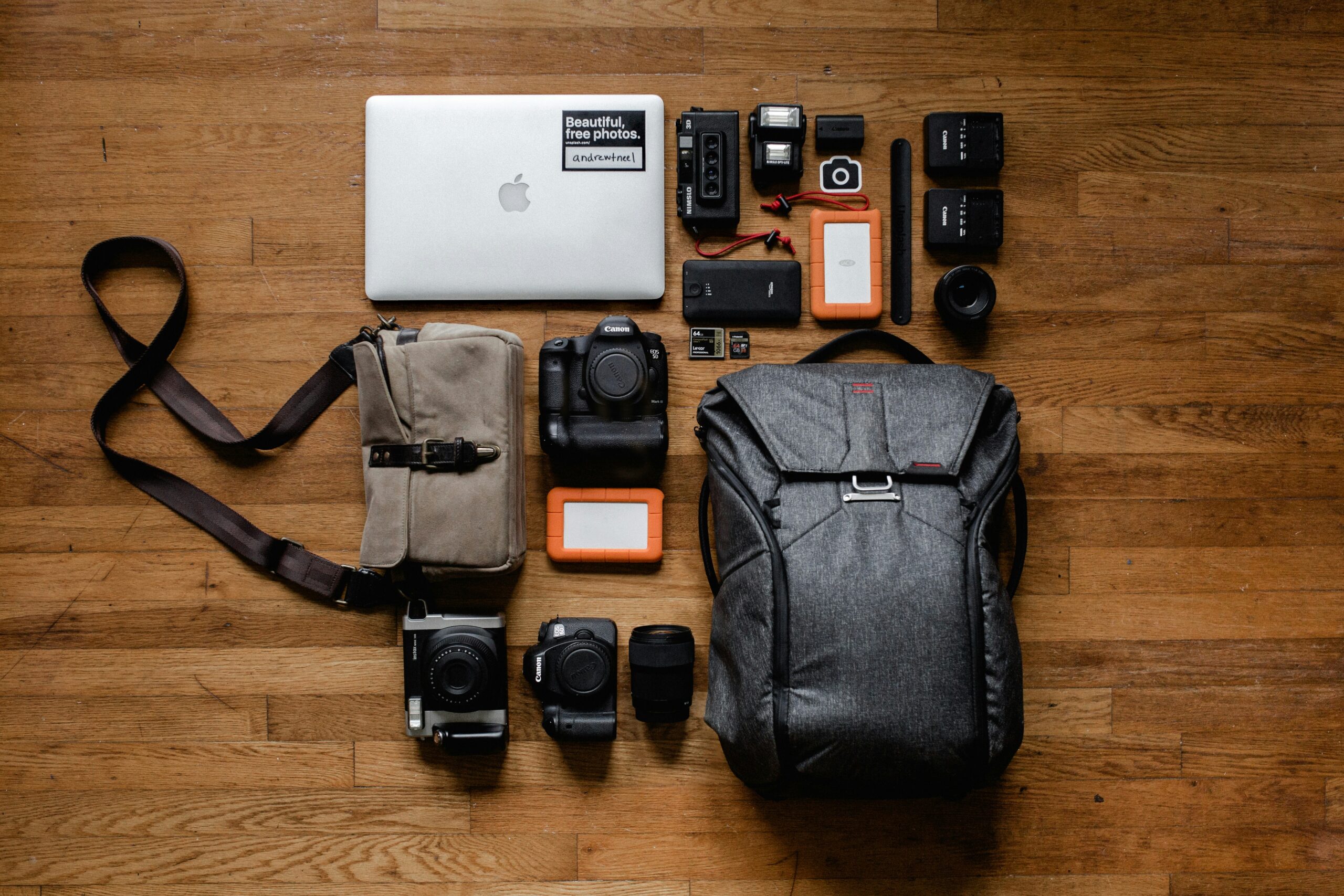
Naoshima is a destination unlike any other. It’s an island where art and nature coexist in perfect harmony, offering visitors a tranquil escape from the ordinary. As you plan your trip, you’ll find that a little preparation goes a long way. Knowing what to pack and how to navigate the island’s unique layout is key to ensuring a smooth and enjoyable experience.
This guide will walk you through the essential tips you need to know, from the clothes on your back to the best way to get from one art site to the next.
Naoshima by Season: What to Expect & How to Prepare
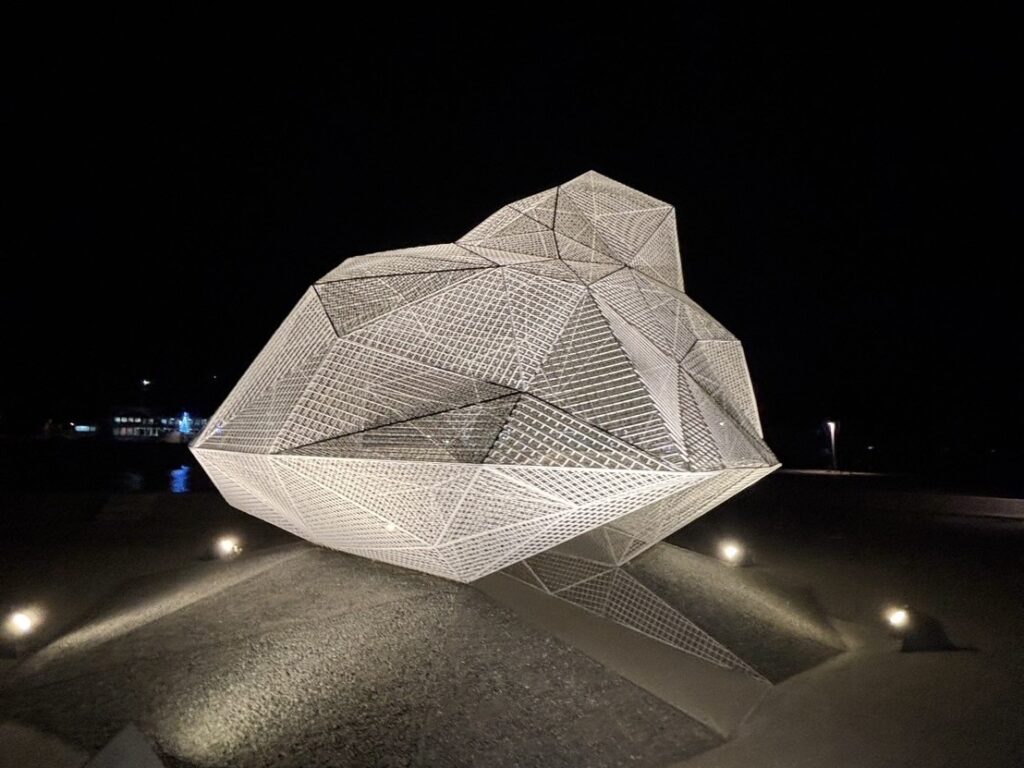
The island’s atmosphere and scenery change dramatically with the seasons, each offering a unique experience.
Spring (March – May)

- What to Expect: Mild and comfortable temperatures, making it one of the most pleasant times to visit. You’ll see beautiful greenery and, if you’re lucky, the cherry blossoms in late March to early April.
- What to Pack: Layers are essential. A light jacket or cardigan is perfect for cooler mornings and evenings.
- Travel Tip: This is a very popular season. Book your accommodations and museum tickets well in advance.
Summer (June – August)
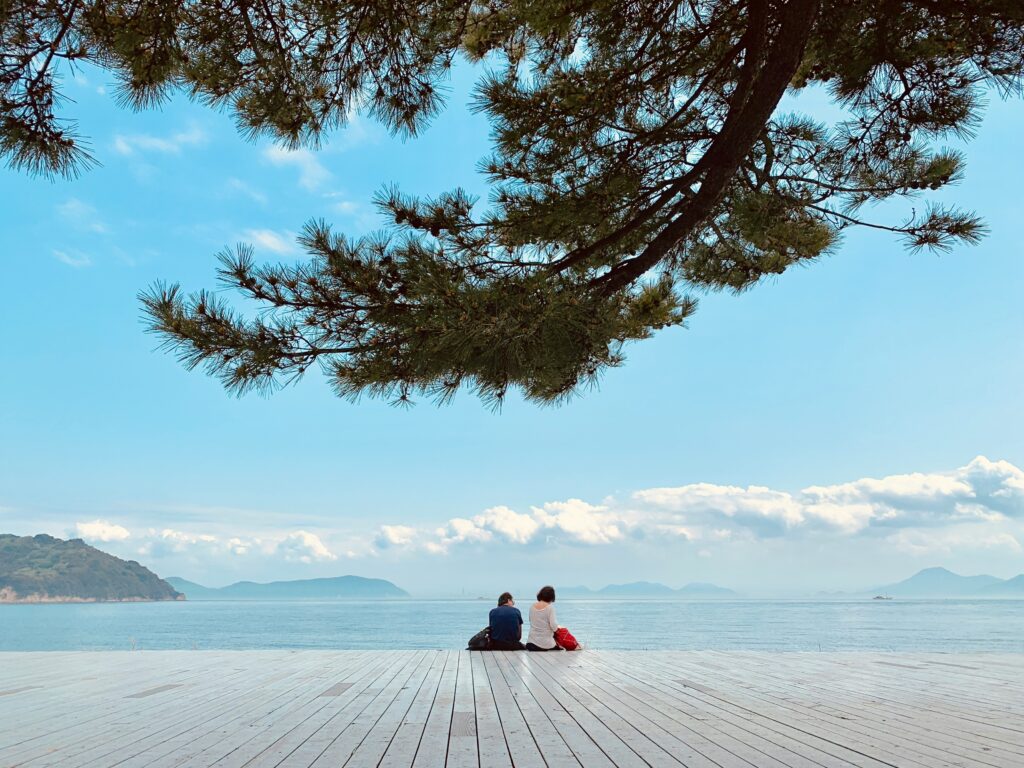
- What to Expect: Hot and humid, with a high chance of rain during the rainy season (June to mid-July). Summer is a vibrant time on the island, with longer daylight hours.
- What to Pack: Light, breathable clothing (e.g., cotton or linen). A hat, sunglasses, and high-SPF sunscreen are a must. A foldable umbrella is also highly recommended.
- Travel Tip: Hydration is key. Buy drinks from local vending machines or shops frequently.
Autumn (September – November)
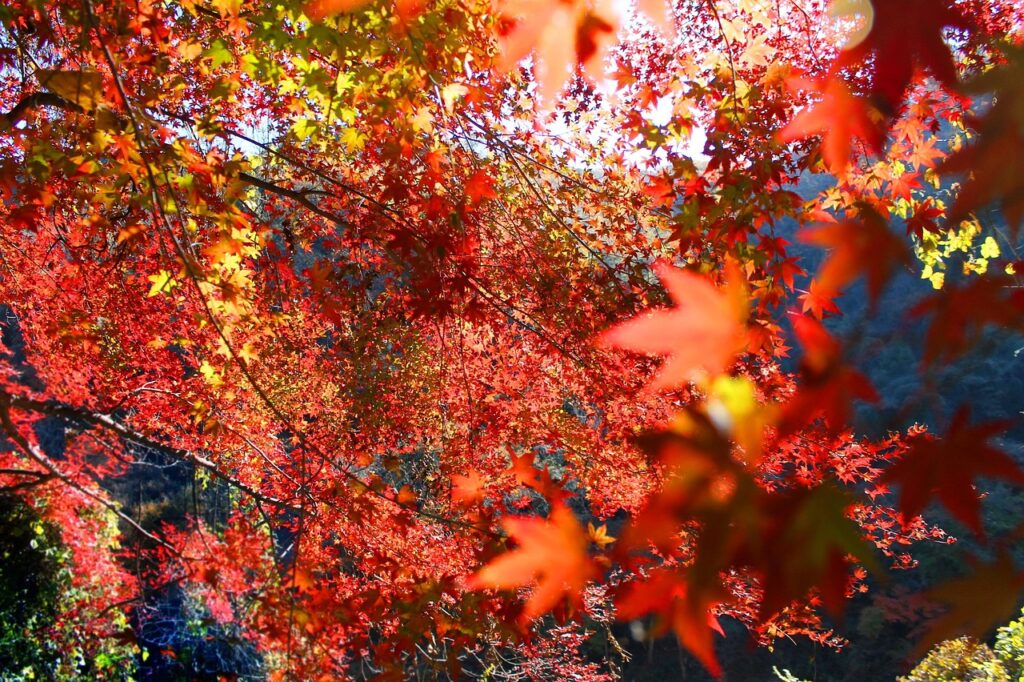
- What to Expect: Crisp, clear days with a beautiful cool breeze. The foliage starts to change color, providing a stunning backdrop to the outdoor art. It’s another peak season for tourism.
- What to Pack: A light sweater or jacket for the evenings. The weather is generally stable, but layers are always a safe bet.
- Travel Tip: The crowds can be significant. Be prepared for longer lines and book everything well ahead of time.
Winter (December – February)
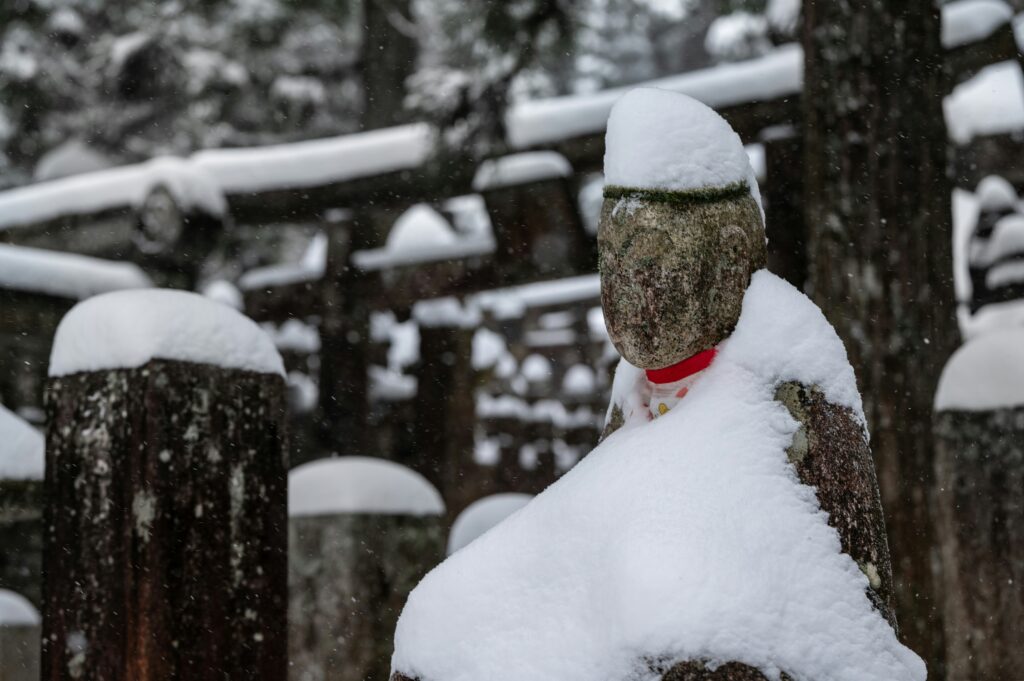
- What to Expect: The coldest season, but the weather is generally clear and sunny with low rainfall. The island is at its quietest, offering a peaceful and reflective experience.
- What to Pack: Warm clothing, including a thick jacket, sweaters, scarves, and gloves.
- Travel Tip: Many restaurants and small shops may have irregular hours or close for a period. Be sure to check their schedules in advance.
What to Pack: Naoshima Essentials
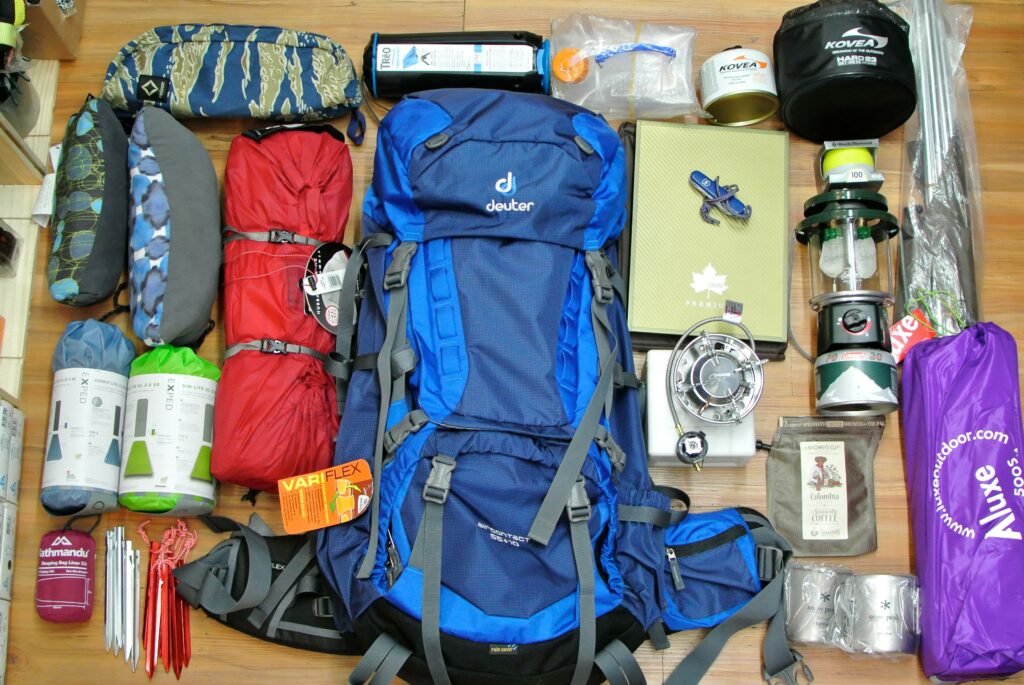
Packing for Naoshima is all about practicality and comfort. Your suitcase won’t need many things, but the items you bring are crucial for a stress-free trip.
Clothing
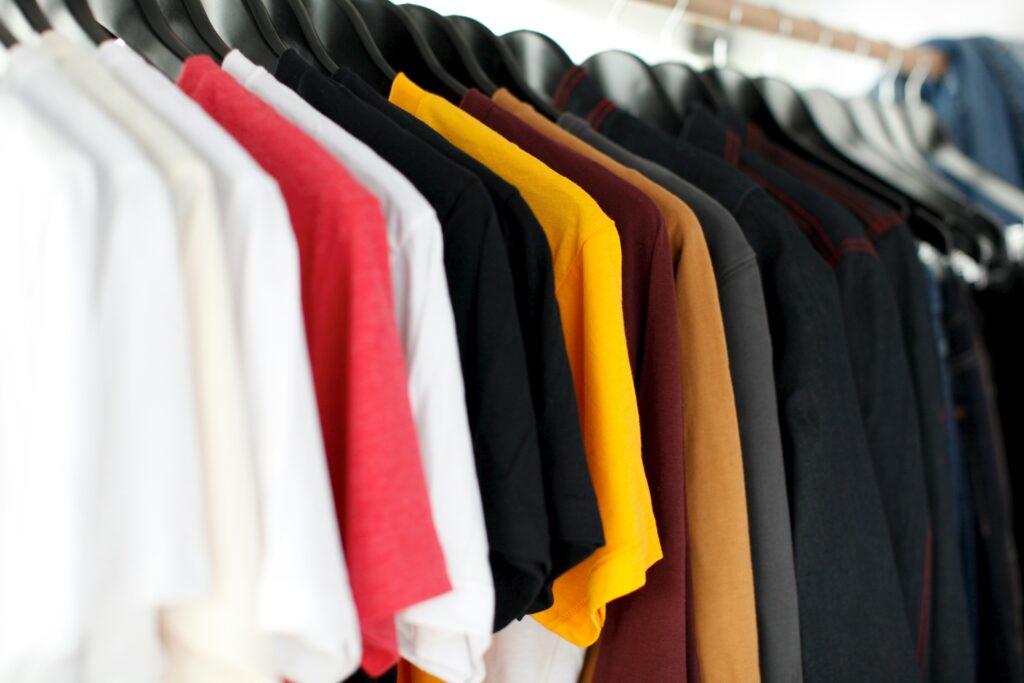
- Comfortable Walking Shoes: This is the most important item you’ll pack. You’ll be doing a lot of walking on uneven paths, hills, and inside museums. Comfortable sneakers or walking sandals are non-negotiable.
- Layered Clothing: The weather on the Seto Inland Sea can change quickly. A warm day can turn into a cool evening, and some museums can feel chilly inside. Pack layers you can easily add or remove, like a light jacket, a sweater, or a cardigan.
- Rain Gear: A light, packable rain jacket or a small folding umbrella is a good idea. A sudden shower can pop up, and you don’t want it to interrupt your day of art exploration.
- Sun Protection: Naoshima is beautiful and sunny, but that means you’ll be exposed to the sun’s rays while exploring outdoor art installations and cycling. Bring a hat, sunglasses, and sunscreen, especially during the summer.
Electronics & Tech
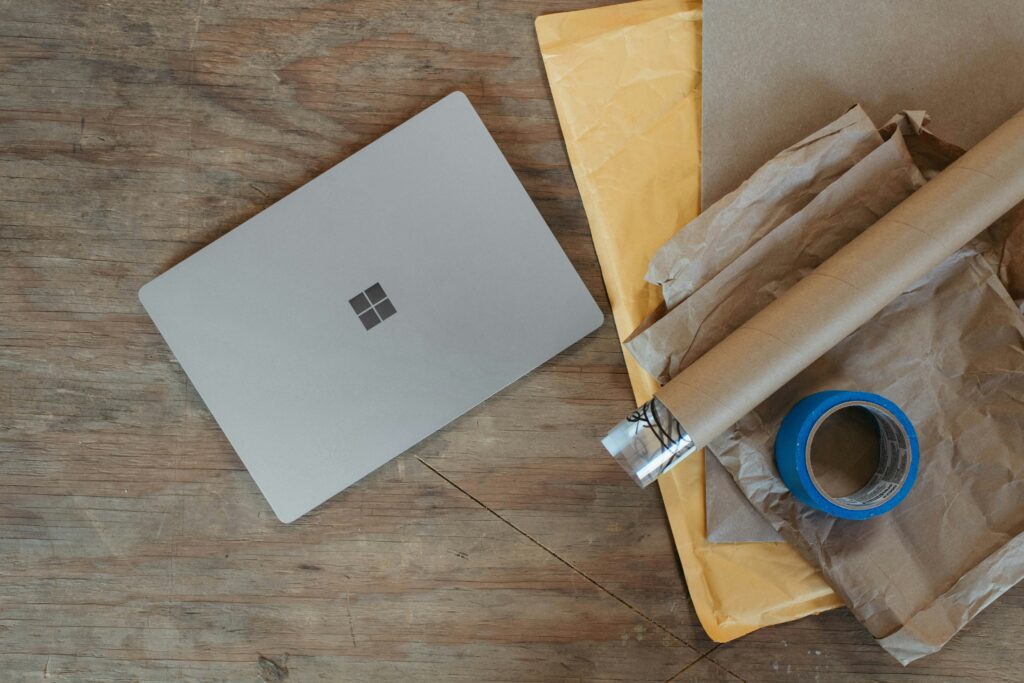
- Portable Charger: A portable battery pack is an absolute must-have. You’ll be using your phone a lot for photos, maps, and checking bus and ferry schedules. A dead phone battery can be a major inconvenience.
- Camera: While your smartphone can take great photos, if you’re a photography enthusiast, Naoshima is a perfect place for a dedicated camera. The architecture, art, and natural scenery provide endless opportunities for stunning shots.
- A Small Bag or Backpack: Carry a small bag to hold your essentials like a water bottle, wallet, phone, and camera. This keeps your hands free and makes it easy to move from one site to another.
Other Practical Items
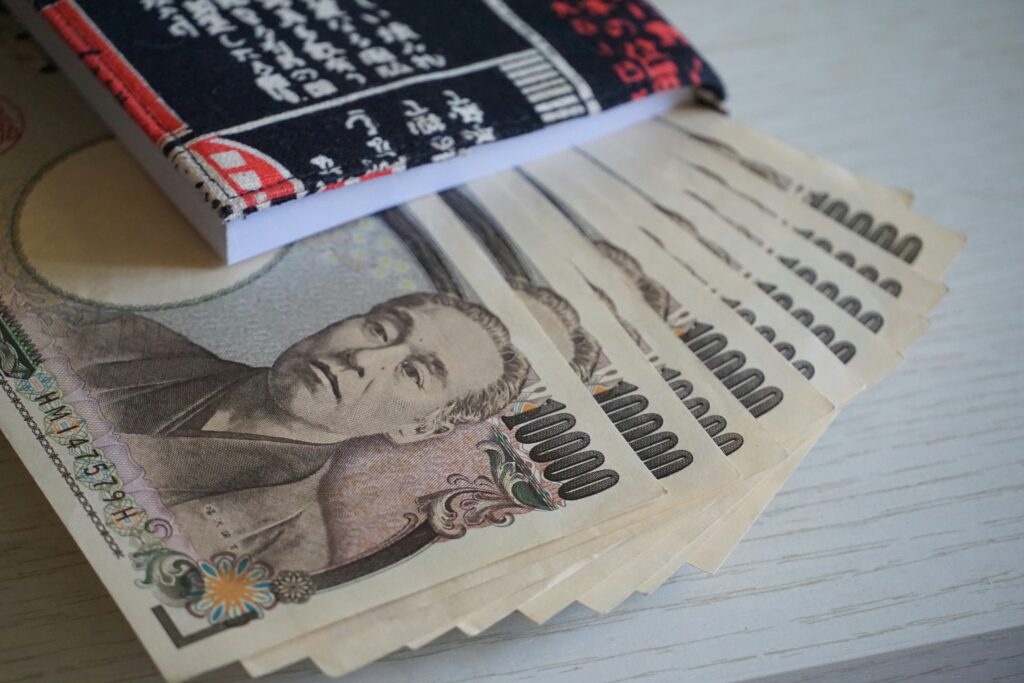
- Cash (Japanese Yen): While major museums accept credit cards, many of the smaller restaurants, local cafes, and shops in the Honmura and Miyanoura districts are cash-only. Have plenty of yen on you to avoid any surprises.
- Physical Map: Don’t rely solely on your phone’s GPS. Sometimes the signal can be spotty, especially in more remote areas. Grab a free physical map at the ferry terminal or your accommodation.
- Booking Confirmations: Print or save digital copies of your museum tickets and accommodation bookings. It can save you time and hassle.
How to Get Around: Navigating Naoshima Like a Pro
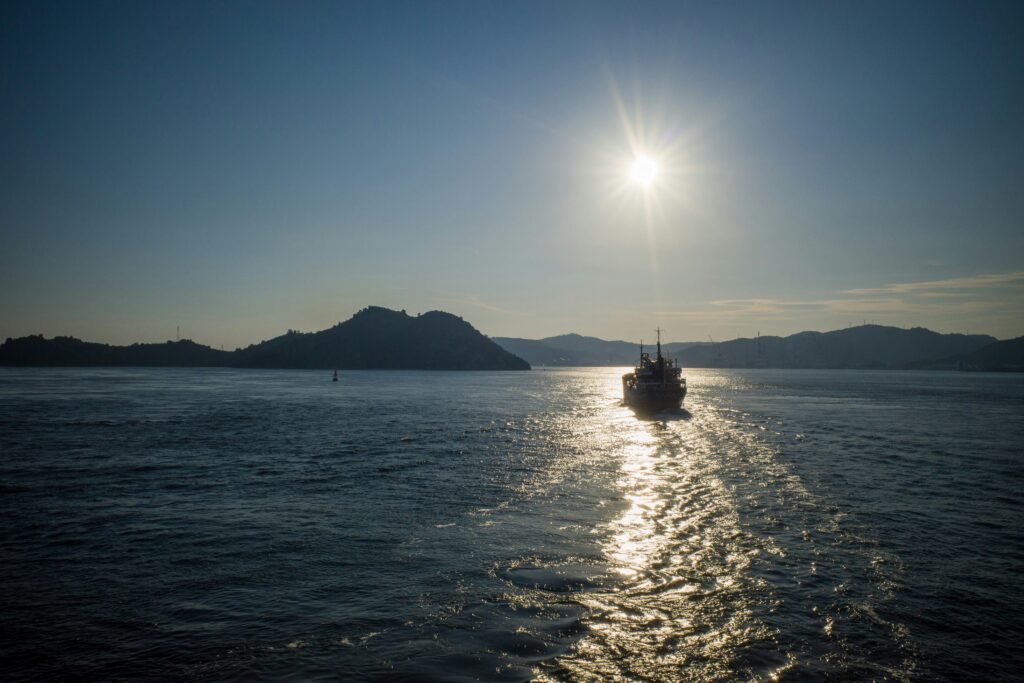
Naoshima is a small island, but the main art sites are spread out. Knowing your transportation options will make your trip much smoother.
By Bicycle
For most visitors, this is the most fun and flexible way to explore the island.
- Electric-Assist Bicycles: These are highly recommended. Naoshima has some steep hills, and an e-bike makes getting between the major art sites effortless.
- Rental Locations: You can rent bicycles right next to the ferry terminal at Miyanoura Port. Be sure to arrive early to get one, as they are very popular and can sell out quickly, especially on weekends and during the Setouchi Triennale.
- Parking: Look for designated bicycle parking areas at all major art sites to avoid fines.
By Town Bus
This is a great, affordable option for getting between the main areas of the island.
- Route: The bus connects Miyanoura Port, the Honmura district (for the Art House Project), and the Tsutsujiso area (near the Benesse House Museum and Lee Ufan Museum).
- Schedule: Buses run less frequently than in a city, so always check the timetable to plan your movements. You can find schedules at the bus stops or online.
By Shuttle Bus
- For Benesse House Guests Only: This is a private shuttle bus service that runs between the Benesse House hotels and the main museum sites. It’s a great perk if you’re staying at the museum.
Special Considerations for the Setouchi Triennale

The Setouchi Triennale is an incredible art festival held once every three years. If you’re visiting during the festival, these tips are even more critical.
- Book Everything in Advance: Museum tickets, accommodation, and even ferry tickets will sell out far in advance. Secure your spots online as soon as possible.
- Buy the Triennale Passport: This pass gives you access to a huge number of art installations across multiple islands. It’s a great value for anyone planning to visit more than one island.
- Be Flexible: Crowds can cause delays. Be prepared for longer waits for buses and ferries, and be patient. Don’t try to cram too much into one day.
- Use the Information Centers: The official Triennale information centers at the major ports are invaluable. They can provide real-time updates on art sites, transportation, and events.
Conclusion
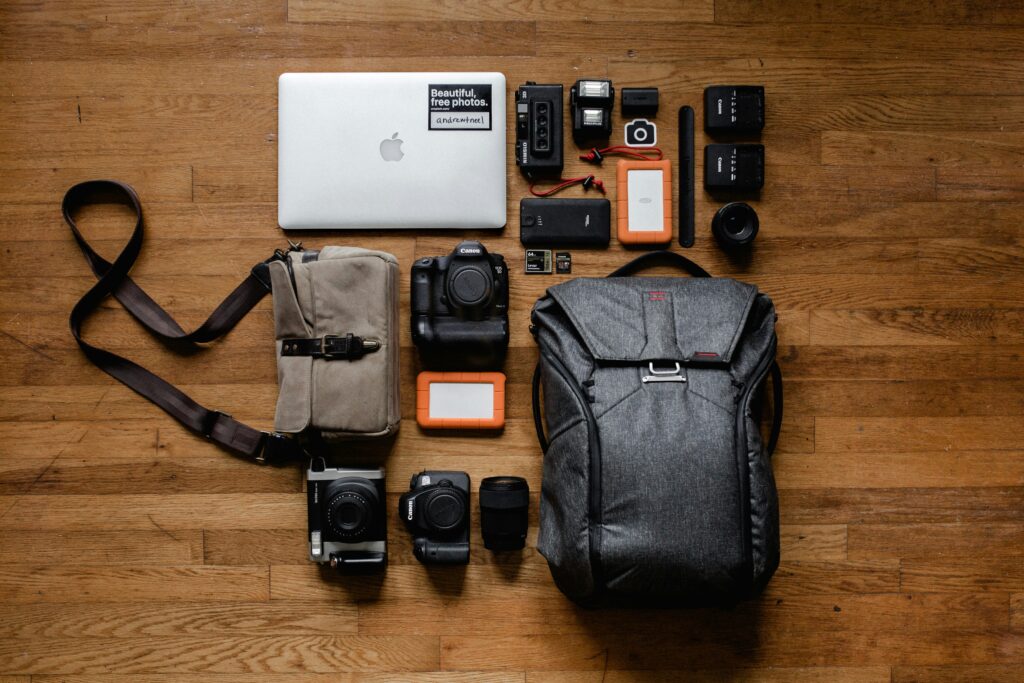
A trip to Naoshima is a truly magical experience, but it’s a journey best enjoyed with a bit of foresight. By packing smart and understanding your transportation options, you can let go of the logistics and fully immerse yourself in the art, the scenery, and the tranquil pace of island life.
Now that you’re prepared, get ready for an unforgettable journey to Japan’s most celebrated Art Island!
About Our Tour called “Finding Naoshima Tour”
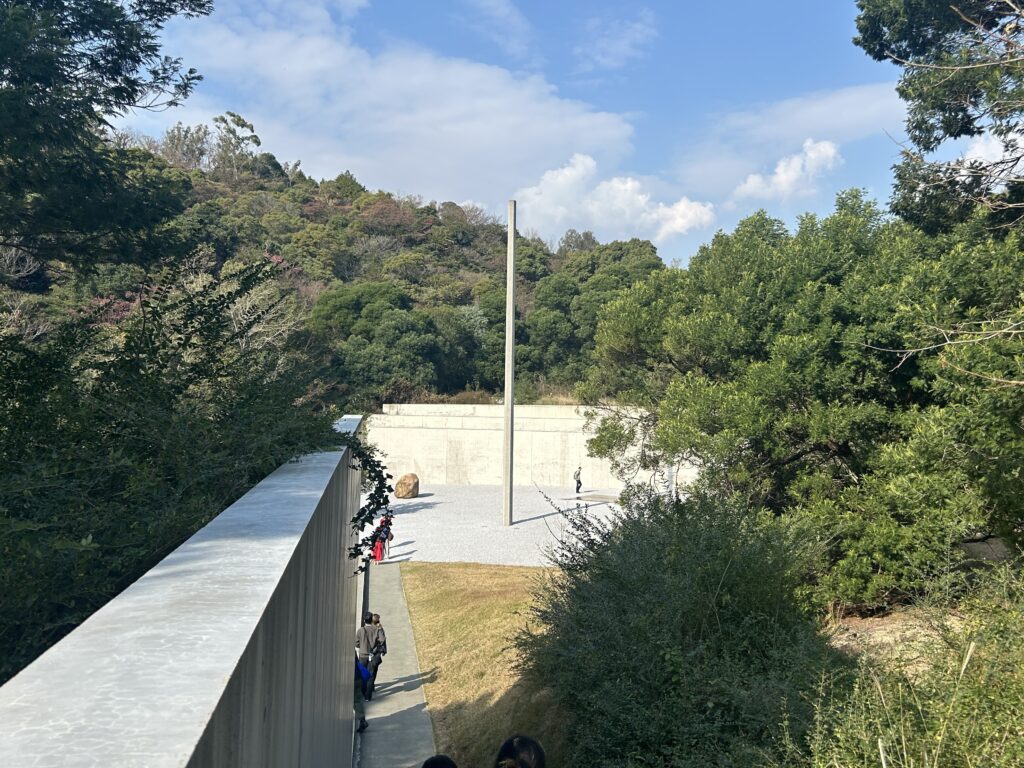
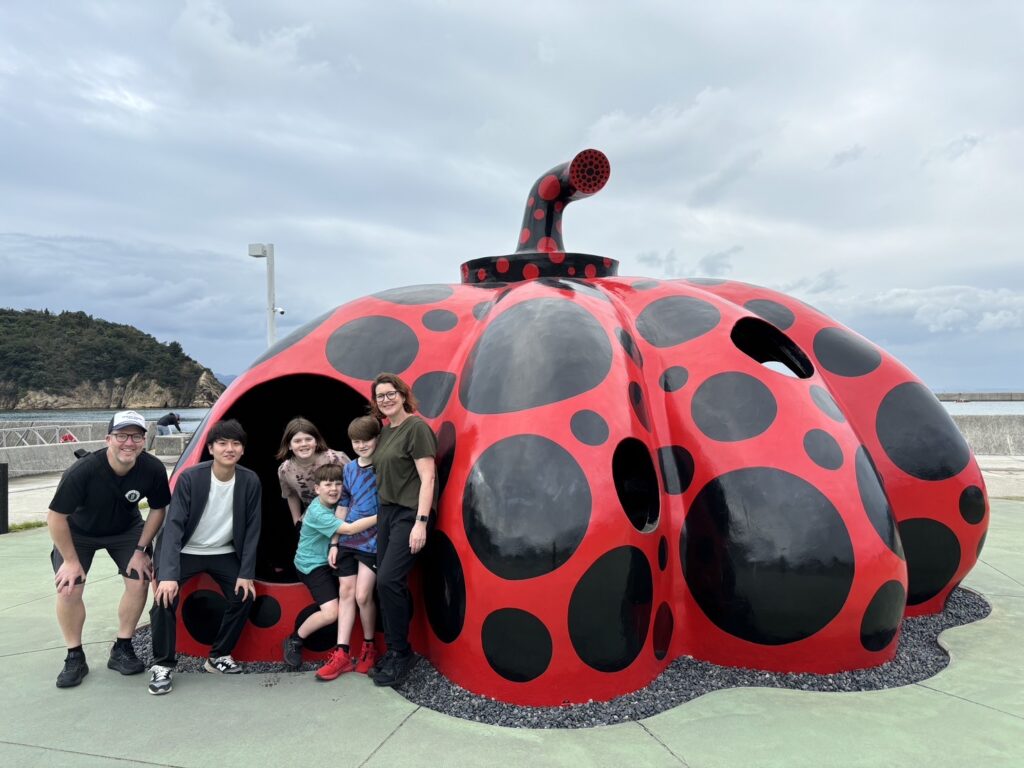
We also offer guided tours of Naoshima called “Finding Naoshima Tour”, a private tour service led by locals born and raised on Naoshima.
With deep roots in the island, we share Naoshima’s unique history, rich culture, and breathtaking scenery from a local perspective.
Whether it’s hidden photo spots, stories behind the artworks, or the charm of island life, we guide you through it all.
Each tour is fully private, allowing for a personalized and relaxed experience at your own pace.
Let us show you the real Naoshima—beyond the museums and into its heart.
